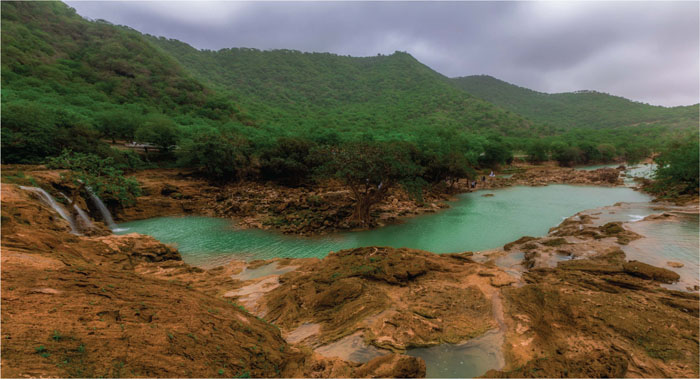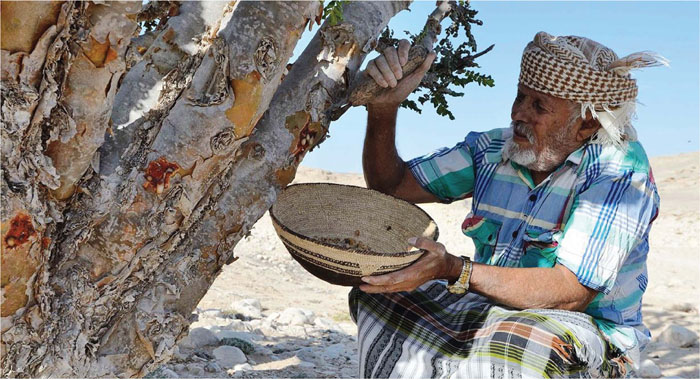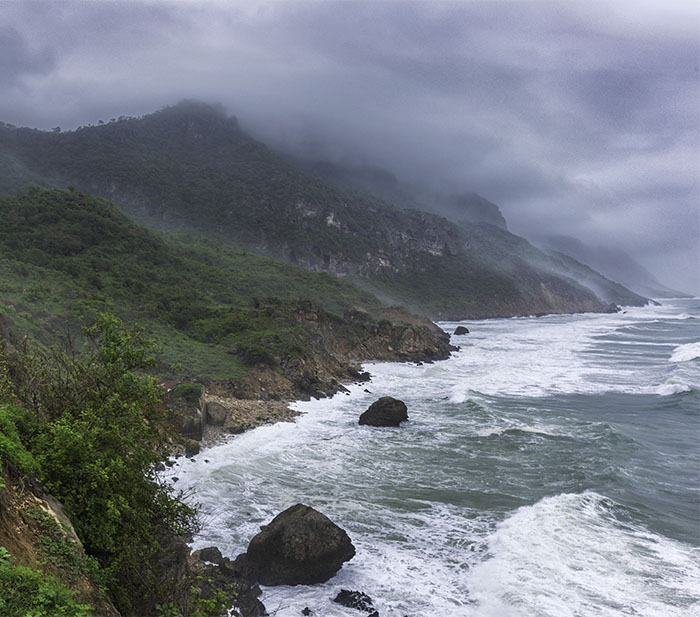الأسعار من طهران إلى صلالة خلال 30 يوم القادمة
الرحلات الجوية الأكثر شعبية من طهران
- سافر من طهران إلى ألماتي
- سافر من طهران إلى شيتاجونج
- سافر من طهران إلى الدوحة
- سافر من طهران إلى حيدراباد
- سافر من طهران إلى بوكيت
- سافر من طهران إلى دبي
- سافر من طهران إلى Mumbai
- سافر من طهران إلى بانكوك
- سافر من طهران إلى الدمام
- سافر من طهران إلى دكا
- سافر من طهران إلى نيودلهي، الهند
- سافر من طهران إلى كاليكوت
الرحلات الجوية الأكثر شعبية إلى طهران
- سافر من كولومبو إلى طهران
- سافر من كاليكوت إلى طهران
- سافر من نيودلهي، الهند إلى طهران
- سافر من ميونخ إلى طهران
- سافر من Peshawar إلى طهران
- سافر من نعمشمشع إلى طهران
- سافر من ألماتي إلى طهران
- سافر من لاهور إلى طهران
- سافر من بانكوك إلى طهران
- سافر من Phuket إلى طهران
- سافر من جايبور إلى طهران
- سافر من شيتاجونج إلى طهران
الرحلات الجوية الأكثر شعبية من صلالة
- سافر من صلالة إلى الكويت
- سافر من صلالة إلى كاليكوت
- سافر من صلالة إلى Delhi
- سافر من صلالة إلى دكا
- سافر من صلالة إلى الدمام
- سافر من صلالة إلى بانكوك
- سافر من صلالة إلى بغداد
- سافر من صلالة إلى ألماتي
- سافر من صلالة إلى Chattogram
- سافر من صلالة إلى Mumbai
- سافر من صلالة إلى Bengaluru
- سافر من صلالة إلى يرڤان
الرحلات الجوية الأكثر شعبية إلى صلالة
- سافر من الدمام إلى صلالة
- سافر من Calicut إلى صلالة
- سافر من كولومبو إلى صلالة
- سافر من يرڤان إلى صلالة
- سافر من القاهرة إلى صلالة
- سافر من جايبور إلى صلالة
- سافر من لاكناو إلى صلالة
- سافر من Bengaluru إلى صلالة
- سافر من اسلام آباد إلى صلالة
- سافر من مومباي إلى صلالة
- سافر من Muscat إلى صلالة
- سافر من بيشاور إلى صلالة
أسباب تدفعك لزيارة صلالة
صلالة هي ثاني أكبر المدن العُمانية وحاضرة محافظة ظفار النابضة بالحياة. حيث باتت هذه المدينة ظاهرة سياحية في الآونة الأخيرة بما توفره من إمكانية عيش تجربة عربية بامتياز.
أما صلالة الحديثة، فهي امتداد للمباني المترامية الأطراف المزهوة باللون الأبيض. كما أن للتاريخ والحضارة دور محوري في طبيعتها وآثارها المميزة. ويستقطب التنوع الطبيعي في هذه المدينة الزوار من شتى أصقاع الأرض. وتشكل مساحاتها الخضراء المفعمة بالحياة والفاتنة سمة مميزة للمدينة بالإضافة إلى العديد من الشلالات والبحيرات والجبال والكهوف والحياة البرية المتنوعة التي تمتد إلى ما وراء حدود المدينة.
فيما تمتد الشواطئ الرملية الجميلة لأميال على امتداد الشريط الساحلي في صلالة، تظللها أشجار جوز الهند والنخيل وتحيط بها المساحات الخضراء النابضة بالحياة. كما جعلت العوامل المناخية الفريدة من مدينة صلالة الجوهرة الحقيقية لبحر العرب. وفصل الصيف اللطيف في هذه المنطقة هو نسمة من الهواء العليل لشبه الجزيرة العربية، والذي يزيد من جرعة السعادة عند استكشاف العديد من المعالم التاريخية والثقافية في المدينة. ويضمن هذا، حضور صلالة كوجهة دولية لا يمكن تجاهلها.
أنشطة رائعة يمكنك القيام بها في صلالة
وادي دربات
يقع وادي دربات في محافظة ظفار، ويشق هذا الوادي طريقه بين التلال والهضاب إلى أن يصل إلى خـور روري ويصب في بحر العرب.
وخلال موسم الخريف تتحول مياه الوادي المنحدرة من الجبال إلى شـلالات بديعة تتساقط من ارتفاع يصل إلى 30 مترًا (100 قدم).
ويمـتاز الوادي بطبيعته البكر وبغطائه النباتي الكثيف، إضافة إلى عين طبيعية وعددا من الكهوف. وقد تبين أن غرف كهف طيق المملوءة بالماء هي مصدر مياه الوادي.

كهف طيق وحفرة طوي أعتير
اكتسبت حفرة طوي أعتير المعروفة باسم "بئر الطيور" شهرة عالمية منذ اكتشافها في العام 1997 من قبل فريق المغامرين السلوفانيين بالتعاون مع جامعة السلطان قابوس باعتبارها واحدة من أكبر حفر الإذابة في العالم وهو ما يضاف إلى رصيد السلطنة الغني بالتنوع البيئي والجغرافي والمعالم التاريخية والأثرية والمقومات الحضارية والذي يعزز بدوره الأنماط السياحية التي تتميز بها محافظة ظفار ويزيد من فرص الاكتشاف للمهتمين ومحبي الطبيعة والمغامرة.
ويبلغ حجم حفرة طيق حوالي 975 الف متر مكعب ويتراوح طول قطرها من 130 الى 150 متر أما عمقها فيصل إلى 211 متر. وقد أدى جريان الماء على طول الأودية التي تصب في الحفرة إلى إذابة الصخور وبالتالي إلى تكوين الحفرة والشلالات الرائعة الواقعة على طول التقاطع مع حفرة طيق.
ويوجد كهف طيق قرب أعلى الحفرة ويبلغ حجمه 170 ألف متر مكعب تقريبا وبه ما لا يقل عن 6 مداخل أكبرها المدخل والجدار الغربى ويمكن مشاهدته من أعلى حفرة طيق حيث يستطيع المرء أن يصل اليه عبر مسالك صغيرة يمكن رؤيتها من المسار الرئيسي والتي يمكن من خلالها الاطلالة على مشاهد بديعة للحفرة وشلالاتها.

شجرة اللبان
اتخذت هذه الشجرة شهرة فائقة في العالم، بل ان مادتها ذكرت في كتب التاريخ القديم، وقد عرفت ظفار منذ القدم بهذا المنتج، وإضافة إلى رائحته الزكية واستخدامه كبخور في المنازل، فإنه يستخدم أيضاً كمادة علاجية.
عرف الإنسان شجرة اللبان منذ أقدم العصور، ونشأت بينه وبينها علاقة مميزة، فهي الرمز وهي الحياة بالنسبة للظفاري، كما أنها ليست مجرد شجرة، فهي الحضارة والتاريخ والاجتماع والجغرافيا، منها قامت مدن وحضارات على مر العصور منذ القدم، تحدثنا عن آثار مدن (سمهرم، وخور روري) التي تعود إلى الألف الأولى قبل الميلاد، عن هذه الشجرة وما تحمله من رمز للحياة، ففي هذه المدن الأثرية كتابات بالأبجدية العربية الجنوبية، والتي تسمى اليوم (الجبّالية) تحكي قصص إنشاء هذه المدن والتي كان الهدف الرئيسي من إنشائها تصدير اللبان، إلى أجزاء متعددة في الجزيرة العربية، ويذكر الباحث والمؤرخ العماني، عبدالقادر بن سالم الغساني، في كتابه (ظفار أرض اللبان) ان الاسكندر الأكبر أخذ من أرض العرب المنتجة للبخور كمية من البخور.
وتشير بعض المصادر إلى أن اللبان استخدم في بخور عرش النبي سليمان، وتذكر المصادر أيضاً أن الإمبراطور (نيرون) أحرق في وفاة زوجته ما يعادل محصول جنوب الجزيرة العربية من اللبان، ومن الثابت إلى اليوم وجود هذا البخور في الفاتيكان، في روما.

جميع الحقوق محفوظة © 2024
